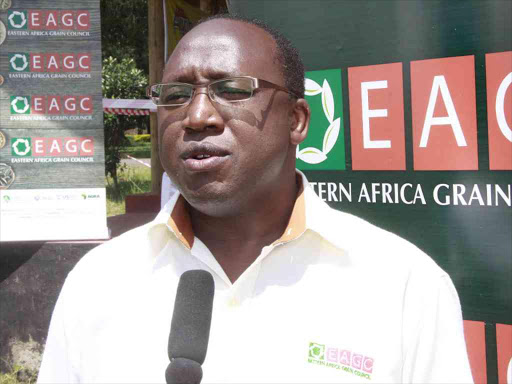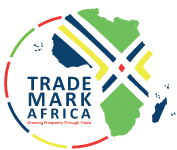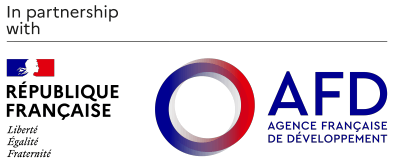The grain trade in Eastern Africa struggles with quantity and its quality and safety. As a result these affect the price and health of the consumers.
Star reporter Agatha Ngotho interviewed Gerald Masila, executive director, Eastern Africa Grain Council, about some of the challenges facing the grain trade in the region over the years.
What is EAGC and what do you do?
The Eastern Africa Grain Council is a membership council of firms and organisations in the grain value chains in the Eastern Africa region. It is not for profit and the main objective is to ensure quality and safe grain are produced and traded through the supply chain, in an efficient and inclusive manner resulting in minimised costs and increased return on investment.
EAGC members include small holders, medium and large-scale commercial farmers, grain traders and warehouse operators who aggregate and trade in grains, processors who take in grain raw materials.
What are some of value chains you deal with?
Key cereals and pulses we deal with include maize, wheat, rice, sorghum, beans, green grams, pigeon peas, dolichos (njahi), lentils, soybeans among others.
What is the status of the region’s grain trade? Is it improving or are we stuck?
Grain trade in the region is facing serious challenges through the entire value chain over the years. Key challenges are on quantity/volume produced and the quality/safety, both affecting the price to and health of consumers.
Climate change has also been a challenge affecting the seasons with increased frequency of drought, which has affected production. Since 2017, Kenya has experienced severe crop failures leading to shortage in maize supply and a melodramatic increase in maize prices, leading to a huge increase in the prices of processed food products such as maize flour and other items.
Maize prices peaked in July 2023 to an unprecedented high of Sh7,200 per 90kg bag, from an average price of Sh3,500 during 2020 and 2021. The recent harvests in Kenya have increased supply pushing back the prices to an average of Sh4,500 per 90kg bag, which is a huge relief to consumers.
Has the increasing value of the dollar affected the grain trade?
Shortage of hard currencies predominantly used for international trade has also negatively affected trade flows, as settlement of the trade becomes a challenge when foreign exchange is not available.
There are increased reports of countries banning export of grain from country of origin. Has this affected trade and if yes, how?
Trade logistics, including warehousing, transport and border clearance are also major challenges affecting grain trade.
Factors positively enabling regional cross border trade in grains are the diverse agro-ecology that delivers a harvest of grains all through the year.
Trade policies, particularly the ad hoc restrictions to trade leading to export and import bans, have seriously affected grain trade in the region.
In general, trade flows are from the surplus producing regions of Uganda and Tanzania to deficit regions such as Kenya, Rwanda, South Sudan, Burundi, DR Congo among others. In the months of November to March, trade flows into Kenya are reduced as it is usually the harvesting time. The rest of the months when Uganda and Tanzania are harvesting, the main trade flows of grains is into Kenya. Grain exports outside the region, particularly for pulses, have been increasing to regions such as India, Pakistan, Europe among others.
Is EAGC undertaking new technologies to ensure safety?
Yes, EAGC in partnership with the government and other private sector actors has been working on many new solutions, interventions, and technologies specifically to ensure food safety and improve efficiencies in the value chain.
EAGC has been in the forefront of developing and harmonising standards for cereals and pulses in the Eastern Africa region as well as working closely with stakeholders to support implementation and compliance to the standards. Some of the partners working with EAGC include AGRA, USAID, Trade Mark Africa, Royal Danish Embassy, and SIDA among others.
EAGC worked closely with the Bureau of Standards and with support from USAID in the development and gazettement of a standard for the hermetic storage technologies. This uses the principle of asphyxiation (eliminating oxygen to suffocate insects in the grains storage bags). Kenya was the first in the world to develop this standard, which is currently being harmonised at the EAC. The standard eliminated substandard bags masquerading as hermetic and as a result, the private sector has invested significantly in the manufacture and distribution of hermetic bags. Farmers are increasingly using the bags to store food on farms and are recording savings in buying chemicals for fumigation.
Decontamination of grains with aflatoxin using the ozone treatment is another innovation that EAGC is working on with the members and other partners. So far, one ozone decontamination facility has been installed and commissioned in Soroti, Uganda, by a member of EAGC — Pela Commodities, supplied by a Danish Company called iGrain. In Kenya two ozone equipment plants have been acquired and installed at the National Cereals and Produce Board complex in Bungoma and Nairobi with support from Trade Mark Africa funded by the Canadian government. The units are scheduled to be commissioned soon after which they will be open for use by stakeholders.
The GSoko grain trading system, initially developed with support from the UKAID, is a new technology that EAGC is working on to facilitate grain trade. The system features technologies from the aggregation centres, popularly known as Grain Trade Business Hubs-GHuBs. They are farmer-owned and operated warehouses that aggregate produce for collective selling to the market and consolidating demand for inputs for supply from partner service providers at negotiated competitive rates. The GSoko trade desk is continuously facilitating trade in the country and across the borders, publishing the weekly trade catalogue that lists all the offers for sale and inquiries for purchase.
EAGC is working closely with the Warehouse Receipt Systems Council and the new Kenya Multi-Commodities Exchange in capacity-building, provision of the ICT systems, and mobilising and sensitising the value chain actors on workings and benefits of structured trade through warehousing and commodity exchange trading to incentive uptake.















